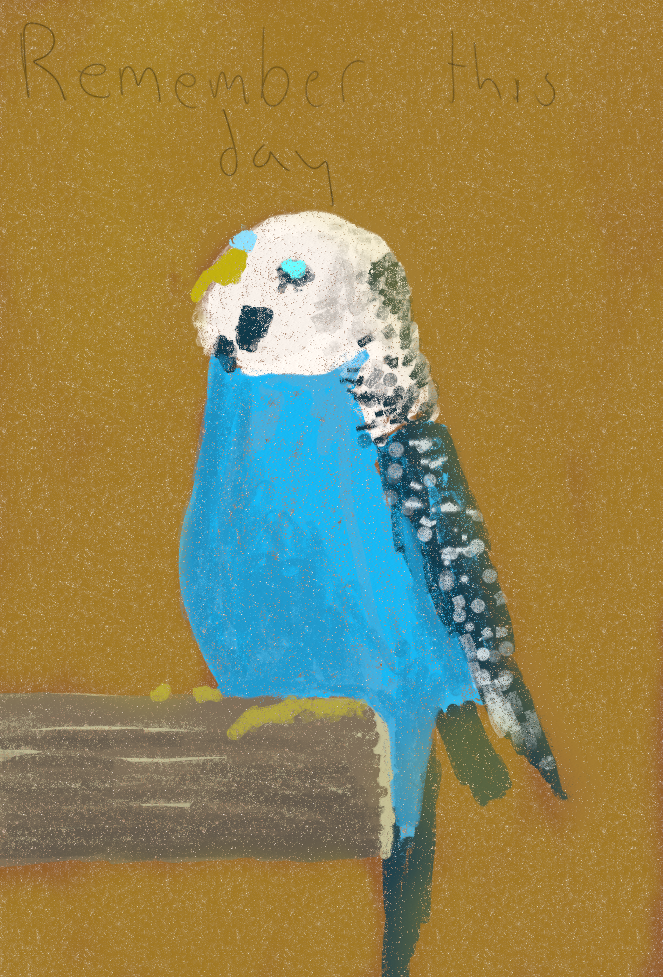The original page 13 of the Codex Borbonicus, showing the 13th trecena of the Aztec sacred calendar. This 13th trecena was under the auspices of the goddess Tlazolteotl, who is shown on the upper left wearing a flayed skin, giving birth to Cinteotl. The 13 day-signs of this trecena, starting with 1 Earthquake, 2 Flint/Knife, 3 Rain, etc., are shown on the bottom row and the right column.
The Codex Borbonicus is one of a very few Aztec codices that survived the colonial Spanish inquisition. When the Spanish conquistadors (led by Hernán Cortés) entered Aztec cities, they would often find libraries filled with thousands of native works. However, most of the works were destroyed during the conquest as a means to hasten the conversion of the Aztec to European ideals.


The birds (and technically one butterfly) refer to the actual numeric days one through thirteen in each given day (count the red dots). Not to go too much into details, but the birds were anthropomorphized into character traits that were associated with a person depending on which day they were born. The cultural context is pretty esoteric, but an example would be a person born on 13 would be wise because Toznene (parrot) looked bald. I have also read that the birds would act as a psychopomp on the occasion of one’s personal death (apparently having corresponding red dots as their day) to fly off and deliver the part of the soul that leaves the mortal realm to a designated after life determined by circumstances of one’s death.